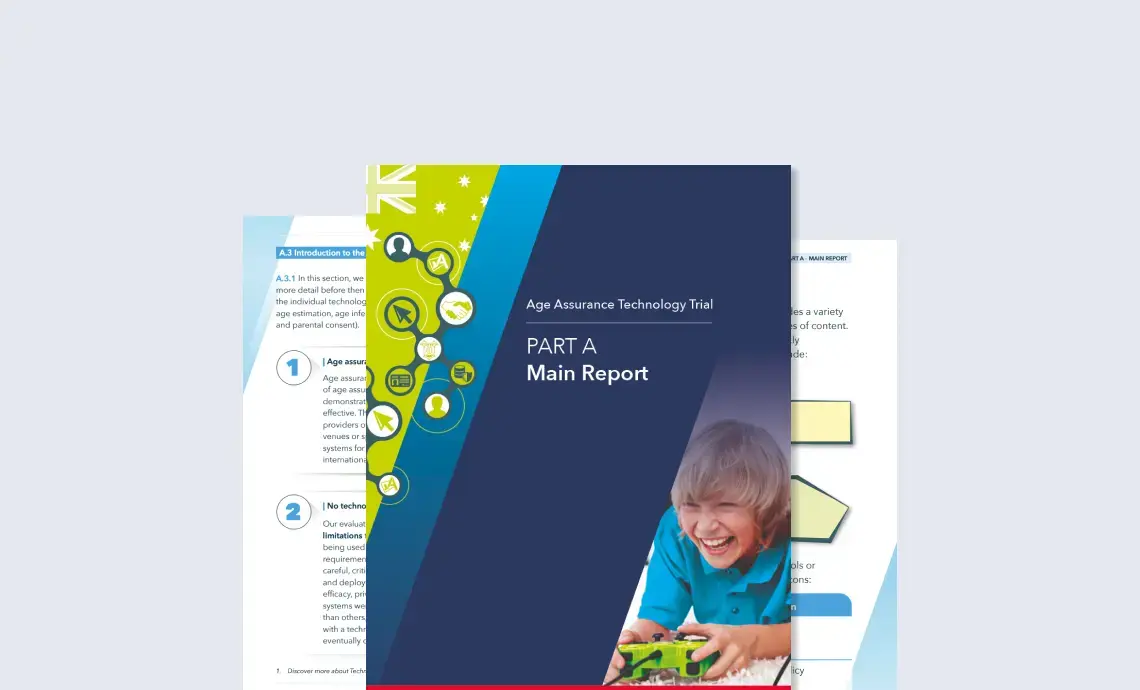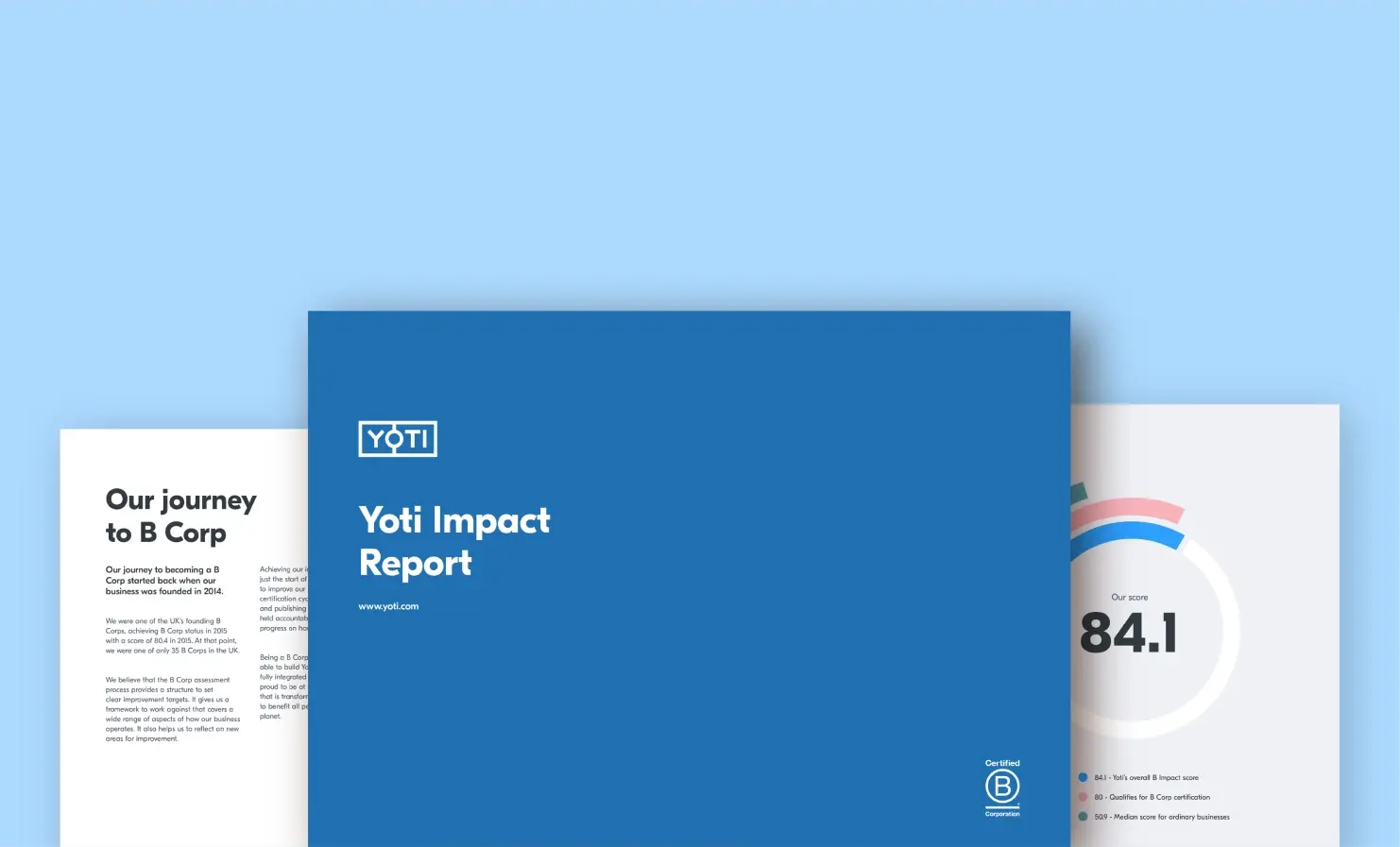Yoti blog
Stories and insights from the world of digital identity
Thoughts from our CEO
In this blog series, our CEO Robin Tombs will be sharing his experience, whilst focusing on major themes, news and issues in the world of identity verification and age assurance. This month, Robin talks about Yoti’s performance in Australia’s Age Assurance Technology Trial, New York’s SAFE for Kids Act and public perceptions of the Online Safety Act. Yoti’s facial age estimation technology achieves independent validation and success Yoti has waited a long time to see independent, high-profile and well-funded technology trials of our facial age estimation technology. We’re delighted to read the results which have just been published in
Digital IDs are already here and working
The conversation around digital IDs in the UK is gaining pace. The government is exploring the introduction of a mandatory national digital ID, with some even pushing for physical national ID cards. The upcoming GOV.UK Wallet app will enable over 40 million drivers and over 50 million passport holders to store government-issued credentials. Whilst this is generating debate, it’s important to recognise that the UK already has a secure, privacy-focused digital ID system in place. This is with the Digital Identity and Attributes Trust Framework, known also as DIATF. This framework isn’t a competing model to the government’s digital
Freshers' Survival Guide: Why you'll want Yoti on campus
Going to university is one of the most exciting times in your life. However, we know there’s a lot to juggle with adjusting to a new environment, meeting new people, managing your workload and discovering the freedom of living away from home. Thankfully, we’ve got the technology to help make your transition to university life smoother. We’ll walk you through how the Yoti Digital ID app can help you with everything from proving your identity for part-time jobs to getting discounts and even future-proofing your social life. Here’s how Yoti can help you out. What is a Yoti
The hidden risks of carrying your physical ID
We’re swapping paper receipts for email confirmations, trading physical tickets for digital ones and many of us don’t even think twice about tapping our phones to pay. But there’s one thing most of us still carry around and use the old-school way: our ID. Whether it’s your driving licence or a national ID card, chances are it’s tucked into your wallet, pocket (or even wedged into the back of your phone case). If you don’t have those, you might even need to take your passport around. It feels normal, and even necessary. But is it really the smartest way
Your everyday digital essential: the Yoti Digital ID app
Think of the Yoti Digital ID like a Swiss Army knife – compact, versatile and ready for just about anything. It’s more than just a way to prove who you are; it’s a powerful, multi-use digital identity that fits in your pocket. Whether you’re proving your age, verifying your identity or securely swapping details with another person, the Yoti app brings everything together in one place. It’s a single, secure app packed with features designed to simplify your life, protect your privacy and give you control over your personal information. Key features Privacy-preserving – share only the details
Yoti excels in Australia’s age assurance benchmarking: A privacy-first approach with high accuracy
London, UK – 31st August 2025 – UK-based digital identity company, Yoti, has today been recognised as one of the leading providers in Australia’s national Age Assurance Technology Trial (AATT) benchmarking, demonstrating exceptional performance in privacy, usability and accuracy for both age verification and age estimation. The independent evaluation highlights Yoti’s commitment to balancing user privacy with robust assurance, confirming Yoti’s technology as one of the most privacy-forward solutions in the trial. Privacy by design and international standards compliance Yoti’s systems for age verification and age estimation demonstrated accuracy levels suitable for real-world application, meeting the highest Technology
Browse by category
Essential reading
Get up to speed on what kind of company we are












